
A familiar name in American dining is fading from the map as a once-thriving burger chain prepares to close dozens of locations this June. This isn’t just a story about cost-cutting or brand fatigue, it marks the quiet collapse of a restaurant that once stood for family meals, comfort food, and weekend routines.
The closures point to more than just declining profits. They reflect a broader cultural shift in how Americans eat out, where loyalty no longer guarantees survival. Many believed this chain had staying power, yet recent developments have left longtime workers, franchisees, and loyal diners facing an uncertain future.
With each shuttered restaurant, the impact deepens in the communities they’ve long served. What’s unfolding is more than a business decision, it’s a turning point in the American dining experience.
It’s Not Just Your Town—It’s Everywhere

From Portland, Oregon to Portland, Maine, familiar storefronts are going dark. What began as scattered closures is now unfolding coast to coast, impacting nearly 40 states and creeping into Canada. This isn’t limited to struggling regions, it’s happening in bustling suburbs, high-traffic malls, and college towns alike.
For many, it’s the kind of change you notice only after it’s gone, the spot you used to count on for birthday dinners or late-night burgers just isn’t there anymore. With roughly 70 locations affected, this is no seasonal reset. It’s a full-blown contraction of a national brand that once felt too big to fade.
When a Burger Meant More Than Just a Meal

This chain wasn’t just a place to eat, it was part of the American dining identity. Born in a small Seattle tavern in 1969, it grew into a billion-dollar brand powered by family nights, teen hangouts, and famously bottomless fries. Its red booths, quirky decor, and upbeat servers made it a comfort-food haven for three generations.
You didn’t just go there for the burgers, you went to mark milestones, to unwind, to connect. In its prime, it offered more than a meal. It delivered a moment. That emotional imprint is what makes its slow fade feel so much heavier than a corporate shakeup.
Warning Signs They Couldn’t Ignore

Behind the nostalgia, the numbers told a grimmer story. Over the past year, revenues plunged by more than $50 million while net losses more than tripled. What had been a dependable formula, comfort food in a casual setting, stopped working. Rising wages, climbing rents, and relentless inflation ate into margins.
Pandemic-era shifts in consumer behavior added more pressure. Even the famed bottomless fries couldn’t offset operating losses that reached $6 million annually at underperforming sites. Quiet cost-cutting and real estate deals weren’t enough. A decision had to be made—and for dozens of locations, it came down to a simple reality: the math no longer worked.
Red Robin Bows Out in Waves
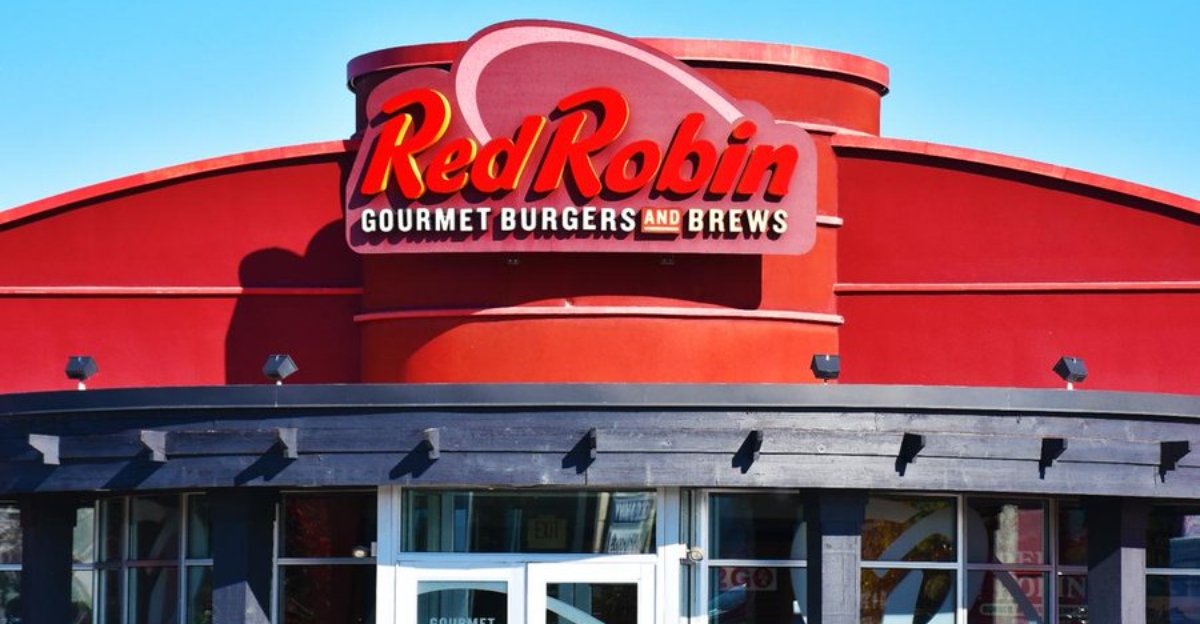
Red Robin Gourmet Burgers, the iconic chain known for its cheery “Yummm!” jingle and towering burgers, is stepping back from the American dining landscape.
The company has announced plans to close around 70 underperforming restaurants over the next five years, primarily as leases expire. This isn’t a sudden collapse, but a deliberate downsizing, one that CEO G.J. Hart acknowledged that 2024 results “fell well below our original expectations.”
In some regions, closures have already begun. For a brand that once seemed unshakable, the shift marks a sobering moment. Red Robin isn’t vanishing entirely, but in many communities, it’s already gone, with more closures on the way.
Wondering if Yours Is Next? You’re Not Alone
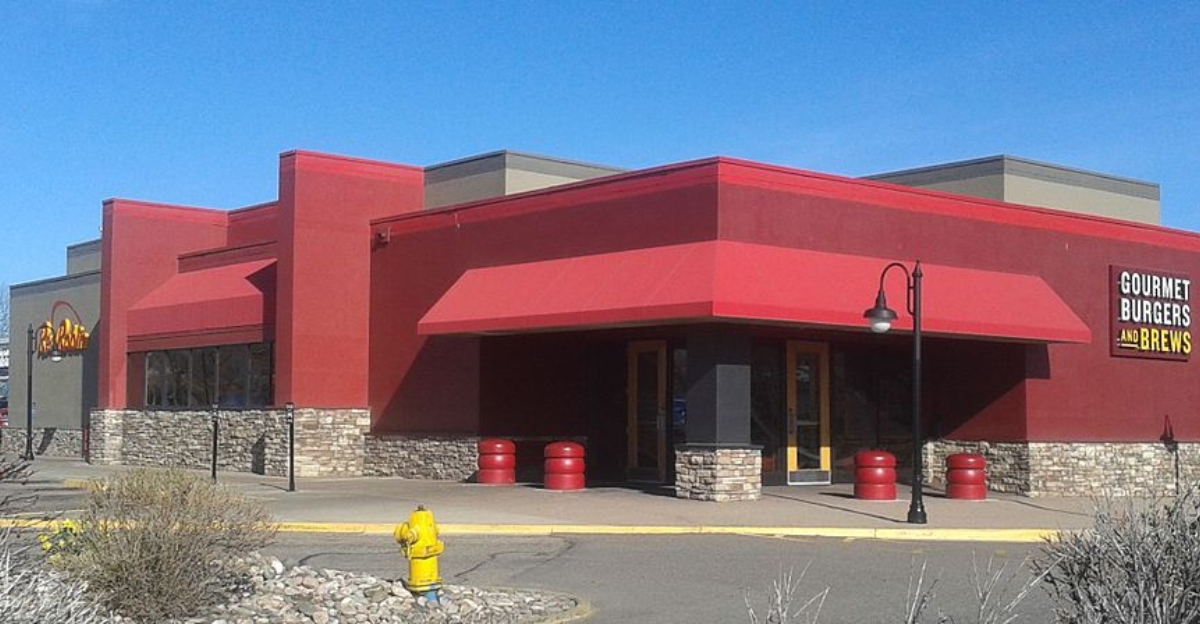
In places like Ohio, New York, and New England, longtime locations have already shuttered, sparking local confusion and social media buzz. Ohio’s Easton store closed quietly in March. Three other sites were sold in early 2025, netting the company nearly $6 million. In New York alone, 14 restaurants are on the radar, Camillus and Fayetteville are among those at risk.
New Hampshire’s three locations could be next, as could Maine’s in Augusta and Scarborough. Without an official list, the uncertainty is fueling speculation. For now, many loyal customers are left checking local news, or walking up to locked doors, just to find out if their Red Robin is still open.
Jobs on the Line Nationwide
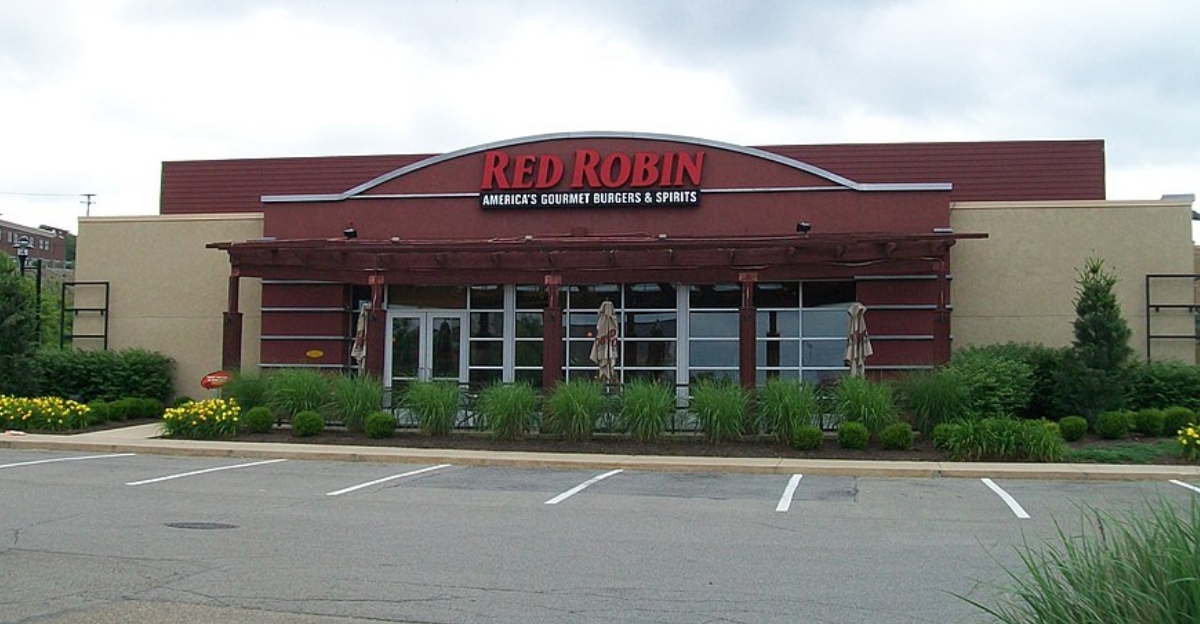
Every closure carries a personal cost. Servers, hosts, cooks, and managers—many with years or decades of service, are suddenly facing an uncertain future. Some employees may be offered transfers to other locations, but for many, relocation isn’t realistic.
Red Robin has long served as a launchpad for young workers and a stable career for restaurant veterans. Now, those pathways are disappearing. Staff who knew their customers by name are left without notice, and communities lose more than jobs, they lose social glue. A burger joint may seem replaceable on paper. But for many, it was a workplace, a lifeline, and a second home.
A Brutal Burger Market
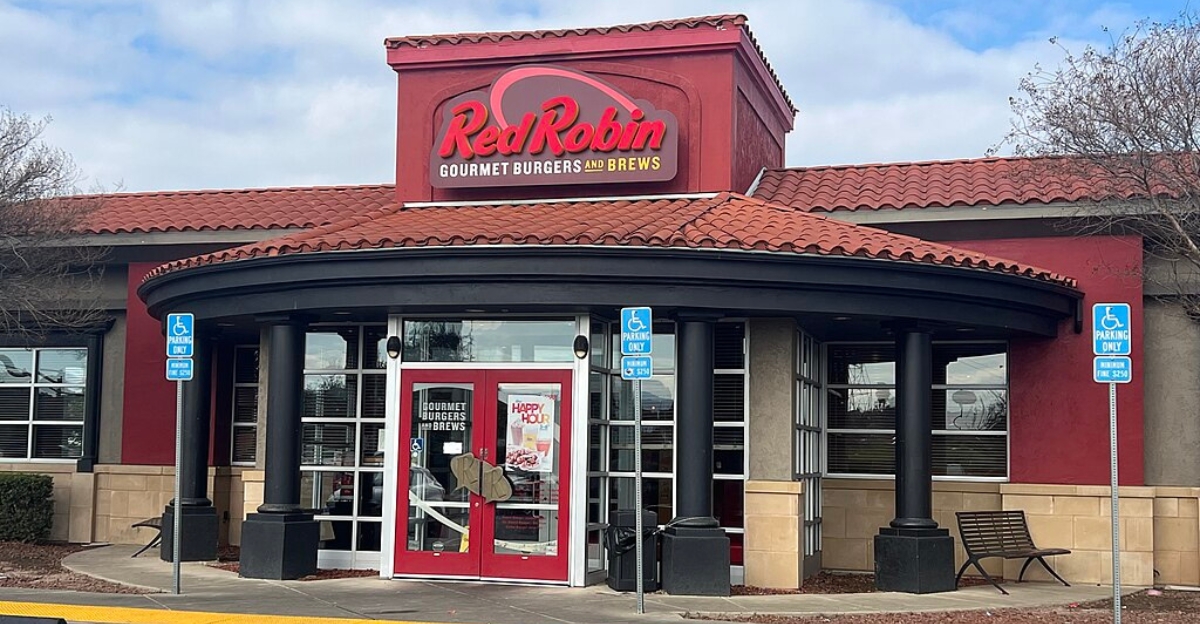
Red Robin isn’t the only chain feeling the squeeze. As fast-casual rivals like Shake Shack, Five Guys, and In-N-Out grow, traditional sit-down formats are losing ground. Consumers now want premium burgers at fast-food speed, often delivered to their doorsteps. Even budget giants like McDonald’s are stepping up their gourmet game. And it’s not just Red Robin, Denny’s and Applebee’s have also closed dozens of locations recently.
The middle tier of dining is collapsing under market pressure, squeezed from both ends. For Red Robin, staying relevant means competing with trendy startups, slick apps, and a new generation that no longer craves table service.
The Casual Dining Shift
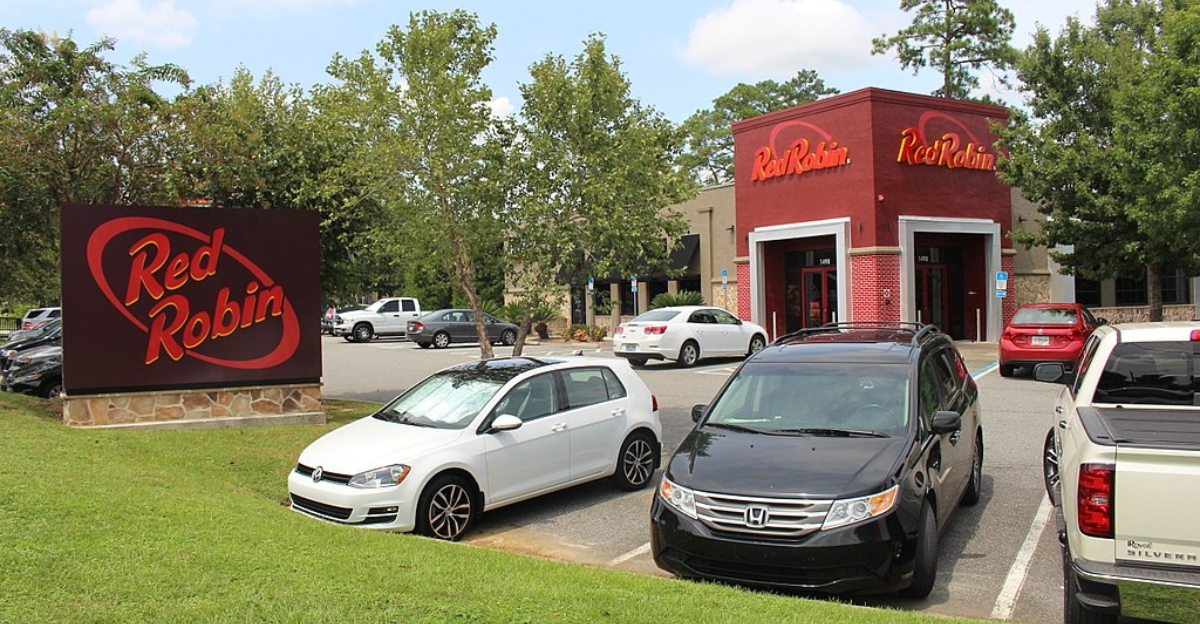
Eating out has changed. Today’s diners either want quick and affordable meals or upscale, experience-driven dining. Chains like Red Robin, once comfortably in the middle, now struggle to fit in.
Younger consumers are less loyal to legacy brands, favoring local spots, plant-based menus, or social media-worthy food trends. Inflation hasn’t helped either, families are cutting back, and casual dining often doesn’t make the cut.
What used to be a weekly treat now feels too expensive, too slow, or too generic. Red Robin thrived in a different time, when the idea of “eating out” meant sit-down service and shared baskets of fries.
A Shrinking Chain in a Changing America
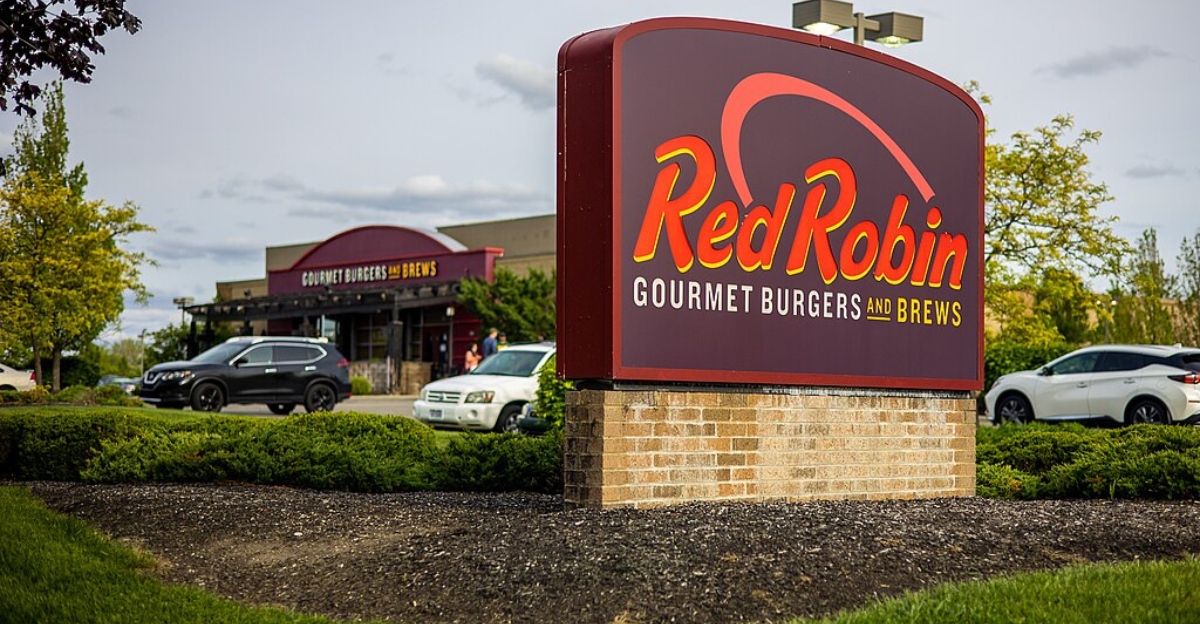
Red Robin’s retreat isn’t just a corporate decision, it’s a cultural one. For decades, it was more than a restaurant. It was a familiar stop after soccer games, a place to celebrate good report cards, or just a quick comfort meal after a long day.
Now, its downsizing reflects broader forces reshaping American life, economic uncertainty, shifting tastes, and digital convenience. What comes next is unclear. Will other chains follow? Will independent restaurants fill the gap? Or is this just the latest chapter in the story of American dining’s evolution?
One thing is certain: for millions who grew up with Red Robin, its fading presence marks more than lost meals, it marks the end of something deeply familiar in a rapidly changing world.
